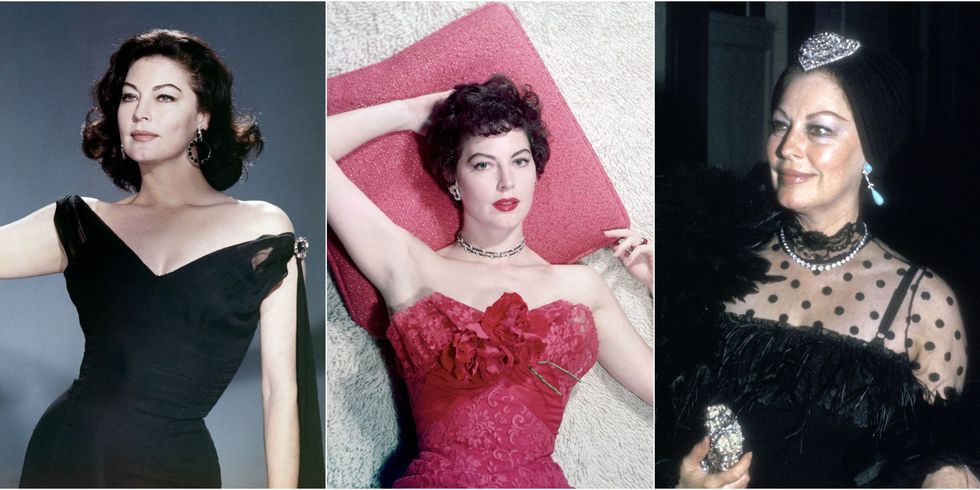The beauty of landscape painting has been inspiring artists for centuries. From the classic paintings of Dutch Masters to modern impressionist art, landscape painting has captivated audiences around the world with its ability to capture the essence of a place. In this article, we will explore the various techniques and styles used by landscape painters throughout history and gain insight into their creative processes. We will also look at some of the most famous works of art in this genre and discuss how they have been interpreted through time.
Landscape Painting
Landscape painting is one of the oldest and most beloved forms of art. It allows the viewer to experience a world beyond their own, and one that will never be forgotten. Exploring the art of landscape painting can bring about a new appreciation for nature and its beauty.
The techniques used in landscape painting have changed over time, but still remain largely influenced by traditional methods from centuries ago. Utilizing different mediums such as oils, watercolours, pastels and coloured pencils gives artists even more opportunity to express themselves with their work. Landscape paintings often feature scenes from nature such as mountains, forests, rivers or beaches that evoke emotion and conjure up memories in viewers. The goal is to capture nature’s essence and colours in an accurate yet beautiful way.
History of Landscape Painting
From the earliest cave paintings to modern-day abstract landscapes, the interpretation of scenes from nature has continuously inspired art enthusiasts across the globe. Exploring this vast history of landscape painting gives us insight into how we perceive and create beauty in our world.
The oldest known depictions of landscapes are found in Paleolithic caves in France, dating back tens of thousands of years ago. These paintings depicted animals that were essential to the hunting lifestyle at that time period and often placed them within natural settings. Later on during the Renaissance, artists such as Jan Van Eyck began creating more detailed works that featured a variety of plants and wildlife set within realistic backgrounds.
Principles of Composition
Landscape painting has been popular throughout history as a way to capture the beauty of nature on canvas or paper. In this article, we will explore the principles of composition and how they can be used to create powerful works of art in landscape painting. Composition is an essential part of any work of art, and it involves the placement and balance of elements within a piece.
These elements include line, shape, colour, value, texture, space and more. Knowing how to effectively use these elements can help you craft beautiful landscapes that capture the spirit and emotion of their natural settings.
Whether you are just starting out with landscape painting or want to level up your skillset as an experienced artist, understanding these principles will help you bring your paintings to life in exciting new ways!
Materials and Techniques
. The materials and techniques used to create these stunning masterpieces are often just as important as the artwork itself. From traditional oil paints to modern digital methods, there are a variety of unique approaches used by artists today.
Oil painting is one of the oldest and most popular mediums for creating landscapes, with some of the world’s most renowned painters having mastered it over time.
This method requires specific tools such as brushes, mixing palettes and other utensils that help bring vibrant colours to life on canvas or board.
Acrylic paints offer similar results but dry much faster than oils, making them ideal for those who prefer a quicker-drying medium. Whether you choose to work on canvas or board, these unique pieces are sure to make a statement in any room.
Examples of Notable Artists
Art has always been a source of self-expression and creative inspiration for many. Landscape painting is a unique form of art that focuses on capturing the beauty found in nature. Throughout history, there have been countless noteworthy artists who have left their mark on this style of painting. Here we explore some of the most iconic landscape painters and their works.
Renowned Dutch artist Vincent van Gogh was one of the most influential landscape painters in history. His depictions of rolling hills, sunsets, and starry night skies are considered to be among his greatest masterpieces. Similarly, French painter Claude Monet was well known for his impressionist landscapes and garden scenes which he often painted with thick brushstrokes and vibrant colours. English painter John Constable was another notable figure in this genre whose romanticized rural scenes are still celebrated today.
We also have landscape paintings that depict specific places, such as the stunning scenes of Venice by the Italian painter Canaletto. Landscape painting is still very popular today and many artists continue to explore this genre with new ideas and techniques.
Conclusion: Appreciation for the Art
The exploration of the art of landscape painting has been an inspiring journey. Through this piece, we have seen how artists use their own unique techniques to create works of remarkable beauty that capture nature's sights, sounds, and feelings. Not only does it involve tremendous skill in technical prowess, but also a deep appreciation for the natural world around us.
Landscape painting is more than just a technique; it is a form of expression that allows us to fully appreciate the wonders of nature. We can immerse ourselves in its beauty and be inspired by its vastness and complexity. No matter what kind of landscape you paint or view, we can all take away something valuable from it—a deeper appreciation for our environment and the art form itself.





